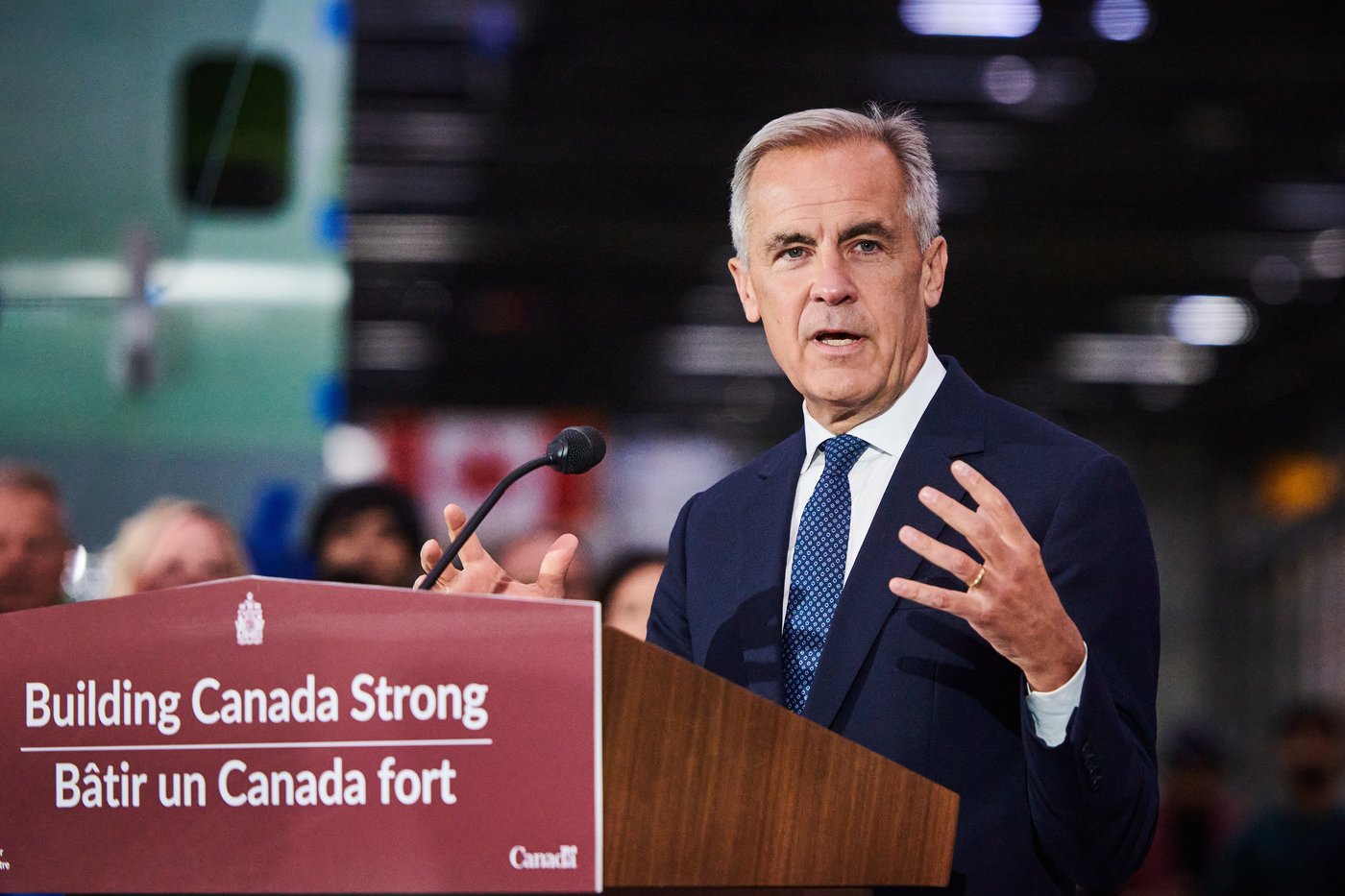Not long ago, West White Rose was withering, but today the N.L. oil project is blooming again
A Newfoundland and Labrador offshore oil project that came close to being abandoned after the onset of the COVID-19 pandemic is now racing toward the finish line, with uncertainty replaced by optimism.
St. John’s engineer Mike Rudofsky is in charge of constructing the West White Rose concrete gravity structure for the Calgary-based Cenovus Energy, lead partner and operator of the White Rose oil field, about 350 kilometres east of St. John’s.
“It’s going very good. Especially here in Argentia,” Rudofsky told reporters during a tour of the massive structure Wednesday.
Other partners in the multibillion-dollar project include another Calgary oil giant — Suncor Energy — and OilCo, the Newfoundland and Labrador-owned oil and gas company, which owns a five per cent equity stake in the project.
Concrete base 83% complete
The project marked a major milestone in June with the successful completion of a risky and complex concrete pour called a conical slip, which saw the platform rise without interruption from 50 to 130 metres over three months.
Nearly 1,000 workers are employed on the project, focusing on mechanical installations and additional concrete work that will raise the platform to its ultimate height of 145 metres and weight of 200,000 tonnes.
West White Rose, which will be Newfoundland and Labrador’s first offshore wellhead platform, consists of a concrete base that’s being built at a special graving dock at the Port of Argentia and integrated topsides facilities that are under construction in Ingleside, Texas.
The overall project is now 70 per cent complete, but the CGS is further along, at 83 per cent complete.
“A lot of Newfoundlanders and Labradorians are working on this project, a lot of pride in their work. And we’ve had tremendous success with our local workforce,” said Rudofsky.
Featured VideoMike Rudofsky, who oversees the project for Calgary-based Cenovus, speaks with reporters in Argentia, N.L., about a long-running project that will extend the life of the White Rose offshore oil field.
This concrete tower can float
The plan is to flood the graving dock with 19 metres of seawater from Placentia Bay in the spring or summer of 2025, float the CGS to its location in the White Rose oil field, and fix it to the seabed in roughly 120 metres of water. The topsides will simultaneously be floated from Texas, and mated with the structure.
First oil is expected some time in 2026, with daily production expected to reach 80,000 barrels of oil per day.
The platform will be capable of drilling up to 40 wells in the White Rose oil field, but unlike other platforms like Hibernia and Hebron, it will not refine or store the oil. Instead, it will send the oil back to the nearby SeaRose floating, production, storage and offloading vessel through a series of subsea flowlines. The SeaRose, one of four offshore oil production facilities, has been operating since 2005.

“One of the benefits of this structure is that we can drill 365 days a year,” said Rudofsky. “Previously all our wells were drilled with semi-submersible drill rigs. So this really gives us better efficiency for drilling.
Abandonment not ruled out
The project was sanctioned in 2017, but with construction about half-complete, work was halted in March 2020 because of the pandemic and a collapse in oil markets.
More uncertainty was introduced in early 2021, when Cenovus announced a deal to acquire Husky Energy, which was the lead owner of the White Rose oil field. Cenovus executives would not rule out abandoning the project.
After months of uncertainty, an ownership shakeup and an agreement by the provincial government to overhaul the royalty regime, the partners announced a restart of the project in May 2021.
“It was very exciting time, just coming to the realization that we would be able to finish this project,” said Rudofsky.
OilCo spokesperson Karen O’Neill told CBC News the Crown-owned corporation has so far invested $405.9 million into its share of the White Rose extension project. OilCo’s share of production from West White Rose is estimated at six million barrels, she said.
Download our free CBC News app to sign up for push alerts for CBC Newfoundland and Labrador. Click here to visit our landing page.




